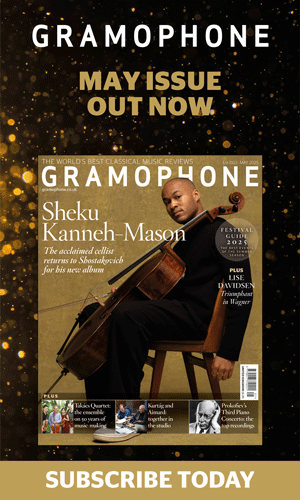Why is the greatest choral music frequently the most difficult to sing?
Gabriel Crouch
Tuesday, June 5, 2018
Register now to continue reading
Thanks for exploring the Gramophone website. Sign up for a free account today to enjoy the following benefits:
- Free access to 3 subscriber-only articles per month
- Unlimited access to our news, podcasts and awards pages
- Free weekly email newsletter







